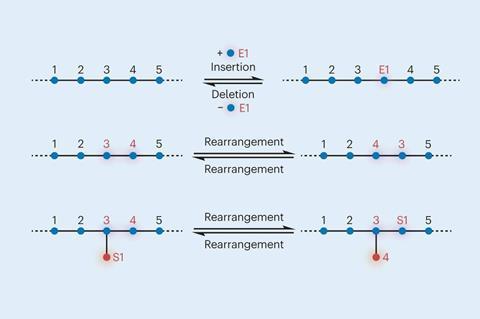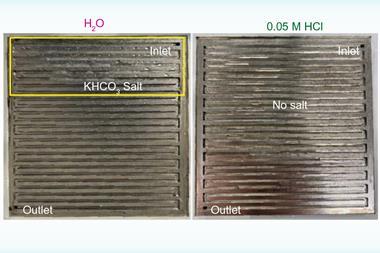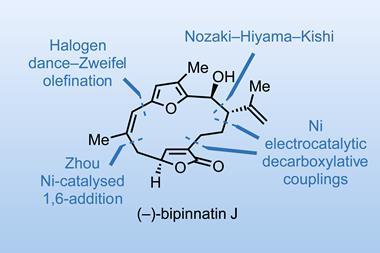After molecular and DNA editing, polymers get the attention
Our feature on polymer editing follows a recent theme in chemistry research. We covered molecular editing in the feature section last year (see Editing the structure of molecules), and obviously tapped into the science zeitgeist, as articles on a very similar theme appear later in the year in both Nature and The Observer.

The ability to tinker with the main structural make-up of a compound – even down to replacing a carbon atom in a ring with a heteroatom – is appealing to many organic chemists. And it looks like polymer chemists are no exception.
It’s worth bearing in mind, however, that editing small organic molecules and huge polymers with hundreds or thousands of repeating units come with quite different considerations. As Alex Zhukhovitskiy, a synthetic polymer chemist from the University of North Carolina at Chapel Hill in the US, tells James Mitchell Crow in the feature, a reaction with 90% selectivity has a different meaning for a polymer chemist. Is it useful to transform only 90% of the functional groups on a given polymer? Unlike small molecules, the unreacted portions cannot simply be discarded after the reaction is complete. But it gives the chemist chance to tune the properties of their polymer in a way they perhaps couldn’t do from the polymerisation stage alone.
That the needs of polymer chemists are different to those of small molecule organic chemists shouldn’t be a surprise, yet sometimes it seems to be. They were among the first groups of researchers to get enthusiastically behind click chemistry, eager to use the repeatable sure-fire reactions to alter their macromolecules while some organic chemists didn’t know what the fuss was about.
It’s heartening too to note that Zhukhovitskiy was not just inspired by those working on molecular editing, but by Crispr pioneer Jennifer Doudna. Crispr of course relies of biological tools to edit perhaps the ultimate macromolecule, DNA. I feel polymer editing has a long way to go before it can match nature’s awesome control and specificity, but with these first steps we might be on the cusp of greatly improving the properties of these materials so fundamental to modern life. And if being able to change the backbone of a polymer to a completely different structure enables better re-use and recycling once their initial job is complete, that would be a great service to us all.

















No comments yet